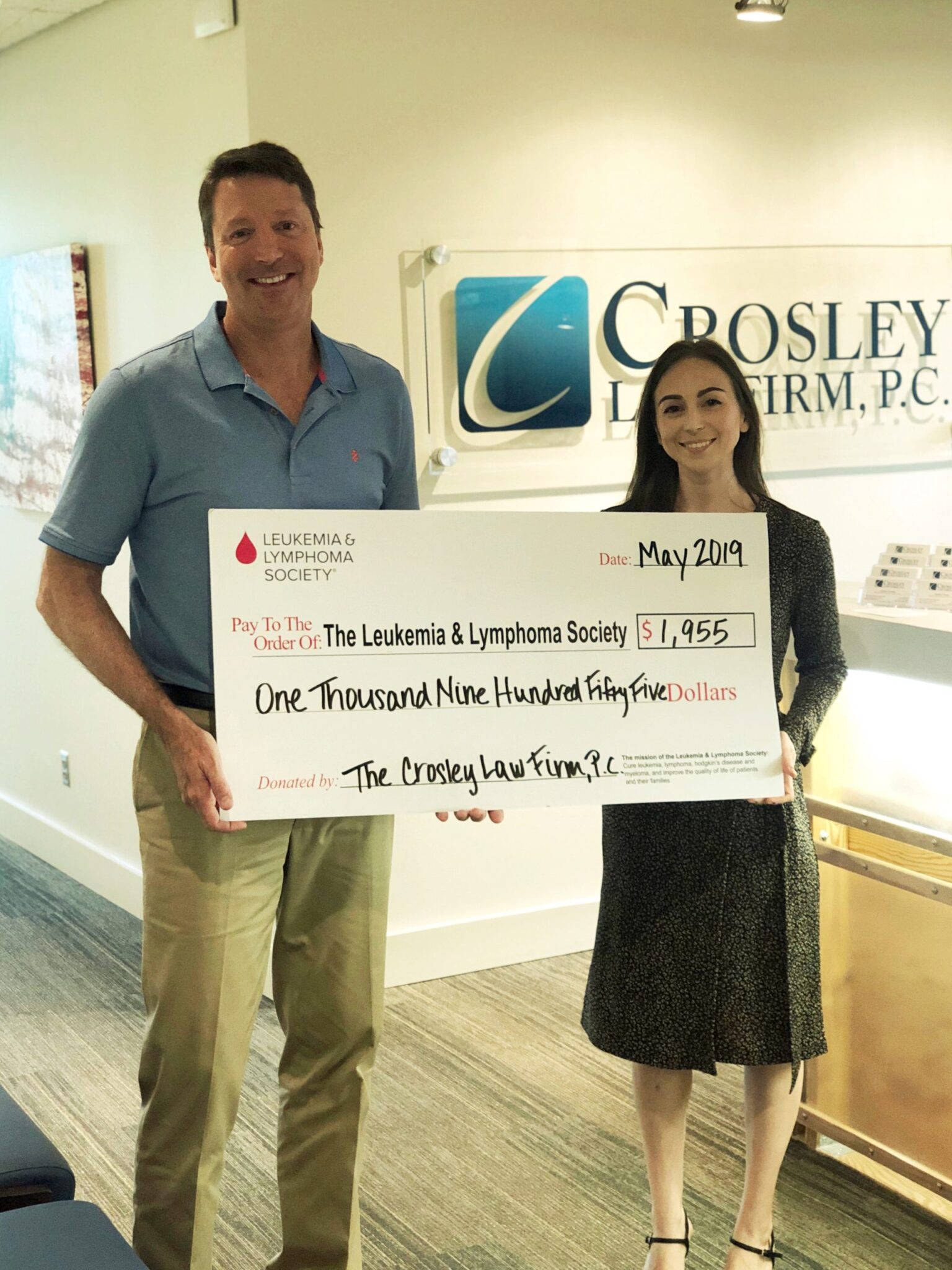A great deal of news has sprung up about car services such as Lyft and Uber as well as recent protests by cab drivers in front of City Hall in San Antonio. One primary focus in the larger discussion about taxicabs, Lyft, and Uber is the disparate regulation levels for these respective services, but there’s a more fundamental issue that affects the most important group of people involved in this issue: consumers. Almost every good service professional has some form of insurance to cover them in case accidental damages occur while they’re working, and rarely, if ever, do service professionals have the lives of their clients at stake during the course of their job. Taxicab drivers, on the other hand, are responsible for the safety and even the lives of their clients every time they take on a new fare.
Navigating busy city streets can be difficult for any of us traveling to and from work twice a day, let alone for hours on end. It’s also safe to say that most people don’t intend to be in a car accident, and yet, in Texas alone, 65,539 serious injury crashes occurred in 2013, and 89,270 individuals sustained a serious injury as a result of those crashes. Sadly, 3,377 people also died as a result of vehicle crashes in Texas in 2013.[1] Although one study suggests that riding in a taxi is actually about 33% safer than driving, that same study also found that people riding in taxis are almost twice as likely as those riding in private vehicles to be seriously injured if they are involved in an accident.[2]
Given these dangers, it should come as no surprise that taxicab drivers are required to have insurance coverage. Currently, the applicable San Antonio city ordinance permits self-insurance for taxicab drivers but only requires them to maintain the same insurance as any driver, which only covers $30,000 for bodily injury or death for 1 person, $60,000 for bodily injury or death for 2 or more persons, and $25,000 for property damage. Many cities require significantly more coverage. For example, San Antonio’s low insurance minimum is not found in cities such as Austin, which requires $100,000 of coverage per person and up to $300,000 per accident with more than 1 person involved, or Dallas, which requires a $500,000 per accident policy regardless of how many passengers are in a cab. This disparity is especially troubling considering the similarity of these urban centers.
The extraordinarily low coverage requirement in San Antonio is a problem for several reasons, primarily because of the inevitability cab related accidents. Over a period of time, taxicab accidents become a statistical certainty rather than a hazardous
possibility. Due to the nature of their profession, some cab drivers, especially newer ones, are inclined to drive more recklessly to increase the number of fares they are able to service or to increase their tips; some may also work long hours that can leave them exhausted and distracted behind the wheel. Obviously, these factors result in a higher occurrence of motor vehicle accidents, especially when navigating the busy urban streets of San Antonio. With these factors combined, it’s just a matter of when the accident will occur, whether or not the driver will have passengers in the vehicle, and what happens when an injury results.
In 2012, the average auto liability claim for personal injury was nearly $15,000 – a number representing a national average that would be even larger if not for the thousands of cases that are settled for significantly less than their true value.[3] In San Antonio, when this figure exceeds the $30,000 limit, someone will be liable to pay the remaining damages exceeding the cab driver’s coverage limits. In many instances, the cab drivers themselves will be sued to recoup these damages related to bodily injury, emotional strife, and/or cognitive impairments.
Unfortunately, many cab drivers in San Antonio are employed as independent contractors, working 12 to 16 hours per day and barely earning minimum wage. Most do not receive health benefits, pensions, or paid holidays, and they either own their cab or pay a daily fee to their parent company to lease their vehicle. Drivers are also often responsible for gasoline, oil changes, and all maintenance and repair costs related to the vehicle, which is literally their livelihood.[4]
In short, many taxi drivers in San Antonio are living below or close to the poverty line and face a daily struggle to earn enough money to provide for their families. Given the annual wages of these drivers, attempting to sue them is often like squeezing blood from a stone: they simply do not have adequate funds to compensate an injured party. Even with the use of garnishments and other payment plans, it could take a significant amount of time to recover the damages, if they can be recovered at all.
Further complicating the issue are those instances where more than one passenger is injured. Cab drivers are only required to carry $60,000 to cover the injuries or death of two or more people, and if two or more people are injured, it’s probable that the accident in question was more severe. Two or more injured persons in such an accident requiring ambulatory services, emergency room care, possible hospital admission, surgery, and physical therapy will almost certainly have damages that
aggregate and exceed $60,000. With the current regulations, if all injured parties file suit, they will likely settle for less than the true value of their claim.
To put the $30,000 and $60,000 figure in perspective, the federal minimum for buses traveling across state lines carrying 15 passengers or less is $1,500,000 – that’s $100,000 per passenger at full capacity. For buses carrying 16 passengers or more, it is $5,000,000 – since the typical passenger bus, such as a Greyhound, seats 50 passengers, that is equates to $100,000 of coverage per passenger.
The net result of this insurance problem in San Antonio is not only an ineffective system for taxicab drivers and passengers presenting personal injury claims, but high litigation costs and poor use of court resources. A more attenuated but nonetheless important effect is the broad increase in motor vehicle insurance premiums across the board, which can also drain the local tax base.
While the wider context of the insurance issue – the working conditions of taxicab drivers, the difficulty of changing laws, the importance of taxi companies to the city’s economy, etc. – is complex, one thing that should be clear is that the $30,000 requirement for coverage is not adequate given the risks and possible costs to consumers. If you have ridden in a cab or think you may use a cab service in San Antonio, consider writing a letter to your city council member to encourage them to make this issue a priority. None of us want to consider the possibility that we may be involved in an accident, especially when we hire a professional to take care of driving for us. However, accidents happen, and if we do end up in a crash, we would be better served individually and as a community with proper insurance limits in place, doing what insurance is designed to do.
If you have been in an auto accident involving a taxi, please contact Crosley Law Firm right away for a free review of your case. Our expert attorneys have years of experience dealing with auto accident personal injury claims, and we can pursue every option to get you the recovery you deserve – including holding the taxi company responsible rather than just the driver. We recognize the importance of keeping you, the consumer, safe, and we believe you have the right to honest compensation for your injuries – especially when someone else is at fault.
References:
[1] Texas Department of Transportation. (2014). Texas motor vehicle traffic crash highlights: Calendar year 2013. Texas Department of Transportation. Retrieved from http://ftp.dot.state.tx.us/pub/txdot-info/trf/crash_statistics/2013/01-2013.pdf
[2] Lueck, T. J., & Fisher, J. (2006, April 28). That wild taxi ride is safer than you think, a study says. The New York Times. Retrieved from http://www.nytimes.com/2006/04/28/nyregion/28cabs.html?_r=0
[3] Rocky Mountain Insurance Information Association. (2014). Cost of auto accidents & statistics. RMIIA.org. Retrieved from http://www.rmiia.org/auto/traffic_safety/Cost_of_crashes.asp#
[4] Rogers, W. (2012, February 15). San Antonio yellow cab drivers ponder solutions to job injustices. Left Labor Reporter. Retrieved from http://leftlaborreporter.wordpress.com/2012/02/15/san-antonio-yellow-cab-drivers









